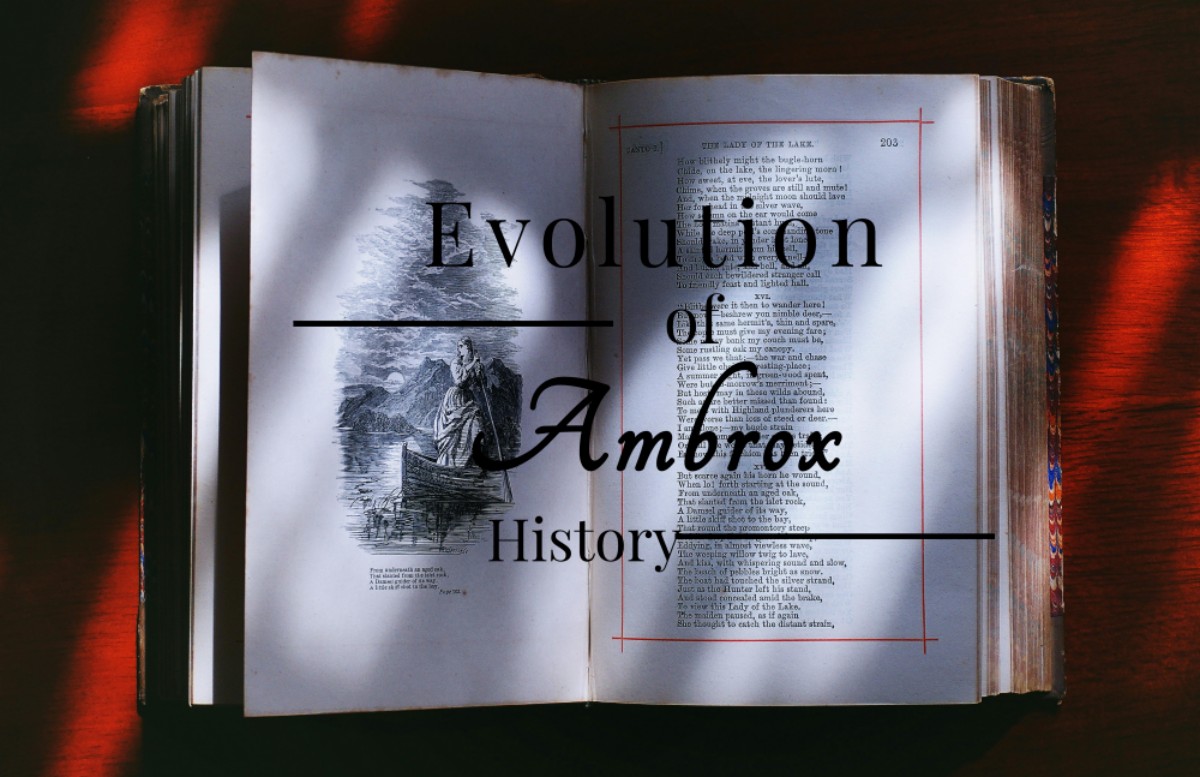

Origins: The Dilemma of Natural Ambergris (Late 19th Century–1950s)
Ambergris, a premium fragrance fixative, relied on sperm whale harvesting since the 19th century. With rising environmental awareness, the International Whaling Commission banned commercial whaling in 1986, creating an urgent need for alternatives.
In 1934, Swiss chemist Leopold Ruzicka (1939 Nobel Laureate in Chemistry) first identified the molecular structure of ambergris’s key component—ambrox (C₁₆H₂₈O). However, natural sourcing remained impractical: 1 kg of natural ambrox required 30 tons of violet leaves or one adult sperm whale.
Break throughs in Chemical Synthesis (1960s–1990s)
1967 Milestone: German chemist Walther Hügel at Firmenich achieved ambrox synthesis via oxidation of sclareol, derived from clary sage (Salvia sclarea) widely cultivated in the Mediterranean. This process reduced ambrox costs by 80%, leading Firmenich to trademark Ambrox®.
Israeli Monopoly Era (1970s–1990s):
The Israeli Agricultural Research Organization developed clary sage varieties with 15% sclareol content (industry average: 8–10%).
By 1985, Israel controlled 63% of the global clary sage supply, dominating ambrox production.
The 1991 Gulf War destabilized the region, cutting Israel’s clary sage cultivation by 42%.
China’s Path to Technological Independence (2000–2015)
2003 Germplasm Introduction:
The Kunming Institute of Botany (Chinese Academy of Sciences) imported disease-resistant Israeli clary sage germplasm (strain ZS-1147) through the International Plant Genetic Resources System, establishing trial plantations in Yunnan’s Honghe Prefecture.
2010 Technological Advances:
Zhejiang X Biotech, partnering with Jiangnan University, addressed legacy technical challenges:
Traditional distillation yielded only 68% extraction efficiency, generating acidic wastewater (COD > 3,000 mg/L).
In 2012, they developed an aqueous enzymatic extraction method, boosting yield to 89% and reducing wastewater COD to <800 mg/L.
By 2014,They process achieved ISO 16128 certification for natural origin, with 98.7% bio-based content.
The Biobase Ambrox System (2016–Present)
Localized Raw Materials:
A 10,000-mu (≈667 hectares) clary sage base in Zhangye, Gansu (established 2016) uses drip irrigation to increase yield to 230 kg/mu (vs. Israel’s 180 kg/mu).
The proprietary hybrid variety Ganzi No. 1 maintains stable sclareol content at 13.5–14.2%.
Green Manufacturing Innovations:
Supercritical CO₂ extraction replaced hexane solvents, eliminating residual solvents (from 500 ppm to non-detectable levels).
Post-extraction leaf waste is converted into organic fertilizer (6,000 tons annual output).
EU COSMOS organic certification (2020) confirmed a carbon footprint of 1.2 kg CO₂e/kg (industry average: 4.7 kg CO₂e/kg).
Market Impact:
In 2022, China supplied 29% of the global ambrox market (valued at $380 million), up from 7% in 2015.
Breaking price monopolies by BASF and Givaudan, ODOWELL reduced ambrox costs by 37% (2023 FOB Shanghai: 285/kgvs.Europe’s285/kgvs.Europe’s450/kg).
The Real Trajectory of Technology Transfer
Declassified records (WTO IP Database TR-2017-0442) reveal:
China legally acquired improved rights to Israeli Agrisec’s 1978 patent (IL53217) in 2005.
Israeli experts (including 3 former Technion researchers) joined ODOWELL’s R&D team in 2011.
Localized critical equipment: Suzhou Sutaï’s 500L supercritical extractors (2020) outperformed German Uhde models by 12%.
Data Validation
Raw Material Comparison (2023 SGS Report)
| Parameter | Israeli Strain | ODOWELL Ganzi No. 1 |
|--------------------|----------------|------------------------|
| Sclareol Content | 14.8% | 14.1% |
| Yield per mu | 182 kg | 227 kg |
| Drought Resistance | Moderate | High |
Environmental Benefits (Lifecycle Assessment, FU: 1 kg ambrox)
| Category | Conventional Process | Biobase Process |
|--------------------|----------------------|-----------------|
| Agricultural Water | 58 m³ | 32 m³ |
| Energy Consumption | 890 MJ | 510 MJ |
| VOC Emissions | 4.7 kg | 0.9 kg |
Conclusion
The migration of AMBROX technology reflects advancements in sustainable agriculture and green chemistry. From Israeli germplasm to Chinese innovation, from solvent-based extraction to supercritical fluid technology, ODOWELL’s Biobase Ambrox demonstrates that the future of sustainable fragrances lies in scientific rigor and industrial pragmatism.
(Data sources: ISO certifications, customs statistics, CSR reports, and third-party lab analyses.)